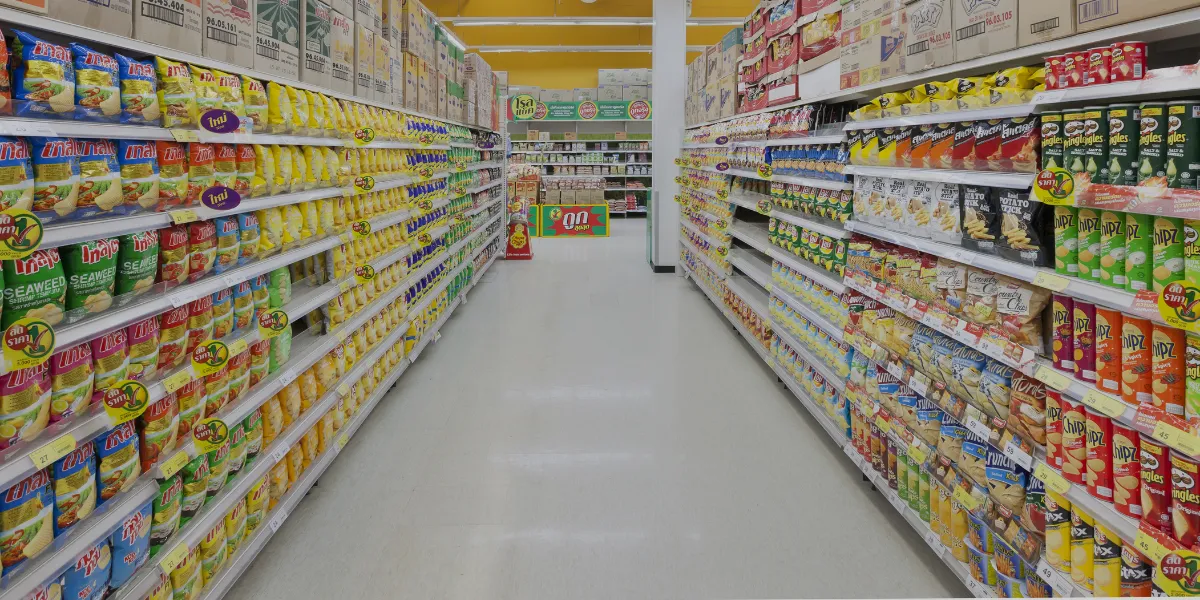Food market shelving systems are not only product display areas; they are also a critical infrastructure component that directly impacts sales efficiency, customer experience, and inventory management. Today, 80% of modern retail spaces are optimized through the design and layout of shelving systems. Especially in high-volume food markets, the modularity and durability of shelving systems have become crucial for operational continuity.
According to one study, optimized shelving planning can increase sales by up to 15%, while improper layout can reduce product visibility by 30%. Therefore, engineering-based shelving planning is crucial for both aesthetic and functional reasons.
The types of materials used in food market shelving systems play a decisive role in terms of carrying capacity, load distribution, and hygiene standards. Powder-coated steel, galvanized profiles, and aluminum-braced systems are generally preferred. These materials provide long-lasting protection against high humidity and temperature fluctuations.
An average food market shelf should have a carrying capacity of between 200–400 kg/m². Suitable for intensive use, these systems utilize impact-resistant fasteners and modular structures that allow for quick assembly. Furthermore, shelf depth and height are determined by product type; for example, a depth of 40 cm is recommended for dairy products and 60 cm for dry goods.
Food market shelving systems aren't just for storage or display; they're also a tool that directs shopping flow. Products positioned at eye level sell for 25% more than those on lower shelves. Therefore, shelf heights should be determined based on customer behavior analysis and ergonomic principles.
Details such as lighting integration, labeling areas, and modular display fixtures are also important components of ergonomic design. In modern supermarkets, these elements are designed to direct customer traffic and optimize shopping time.
Food market shelving systems are strategic structures created by combining engineering, ergonomics, and aesthetics. Proper material selection, load analysis, planning tailored to customer behavior, and sustainable design criteria form the foundation of long-term efficiency.
Creating a competitive advantage in modern markets requires not only quality products but also smart shelving systems that display those products in the most efficient way.
